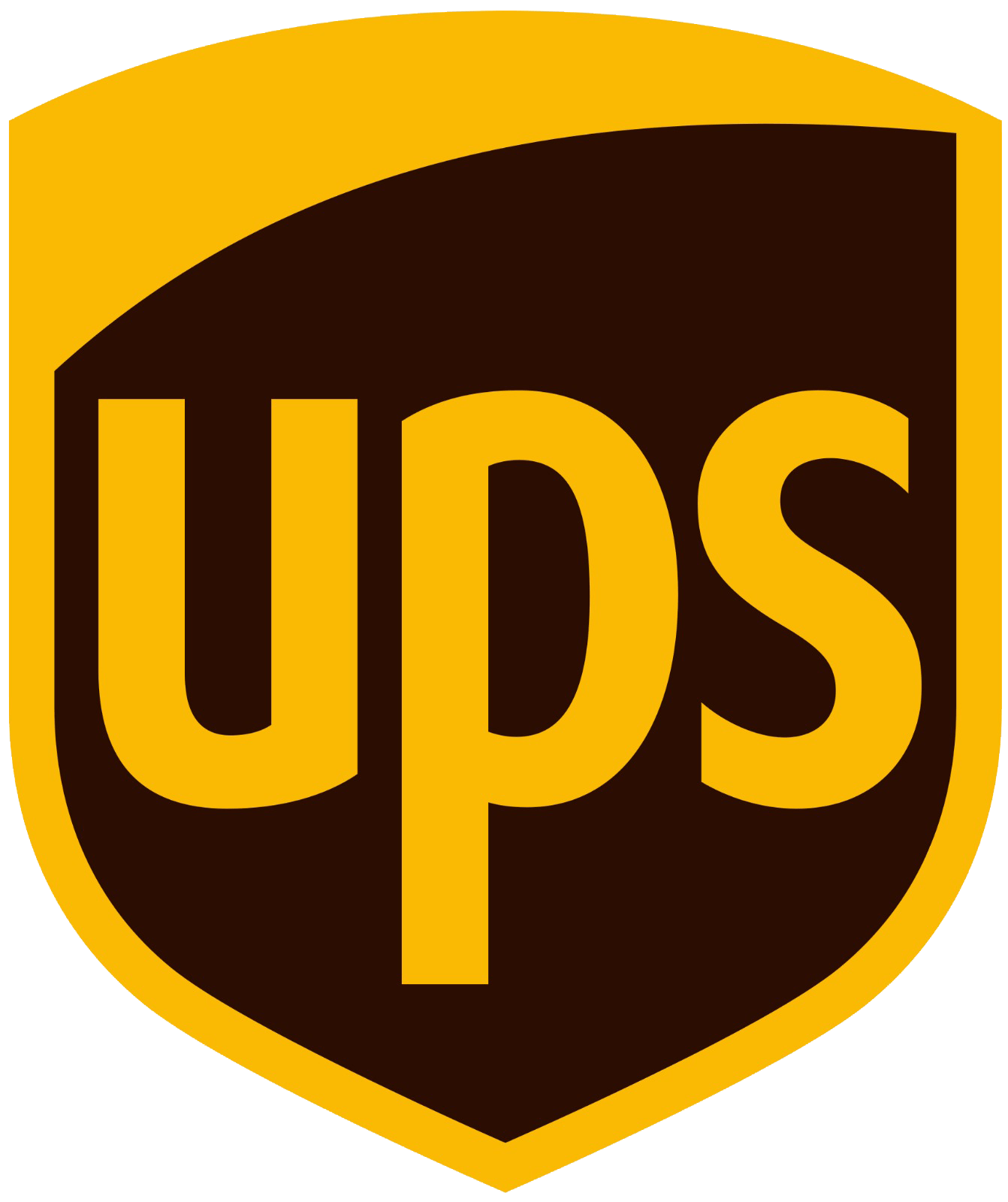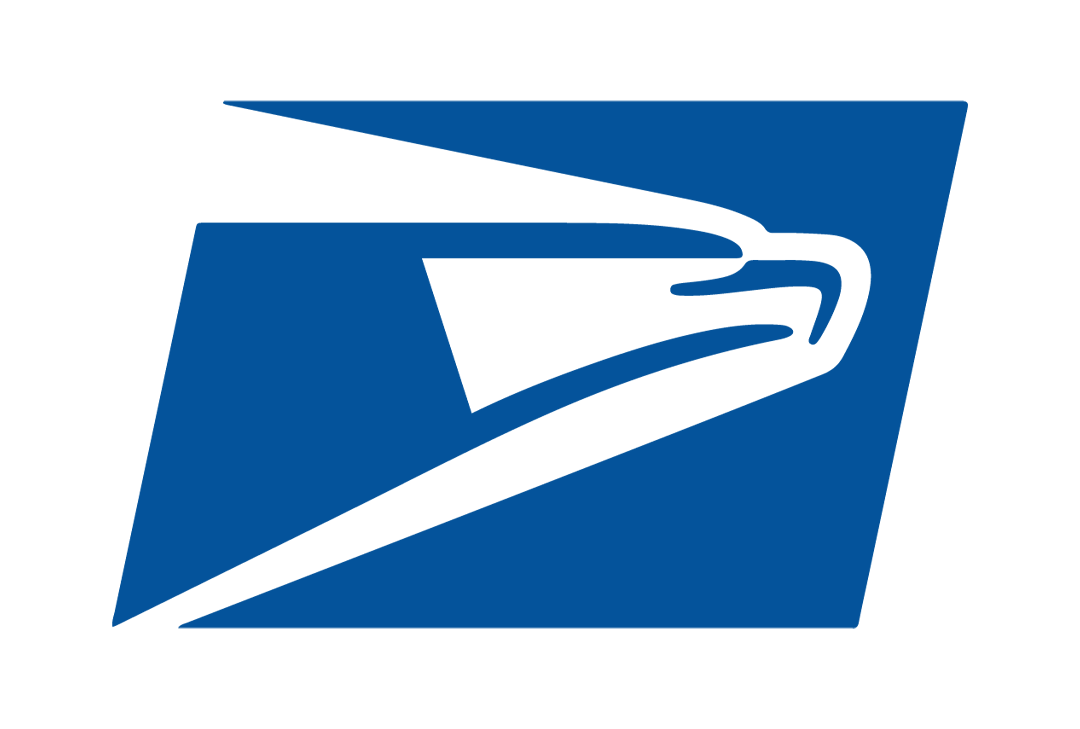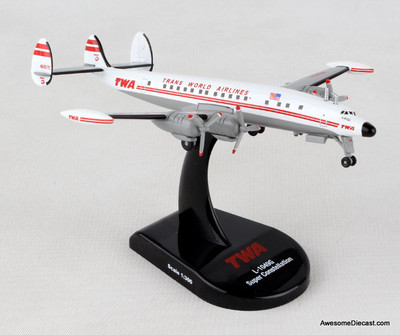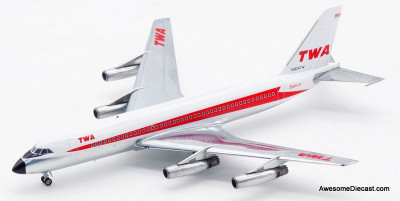The Lockheed L-1649 Starliner was the last model of the Lockheed Constellation line of airliners. Powered by four Wright R-3350 TurboCompound engines, it was built at Lockheed's Burbank, California plant from 1956 to 1958.
Development of the Starliner began when Lockheed designed the L-1449 in response to the Douglas DC-7C Seven Seas. Powered by four 5500 hp Pratt & Whitney PT2G-3 turboprop engines, the L-1449 would have cruised faster than the DC-7C with comparable range with 10,200 US gal (8,493 imp gal; 38,611 l) of fuel in a new 150 ft (46 m) wing. Pratt & Whitney dropped the PT2 project in March 1955 due to expected unreliability, high specific fuel consumption and high operating costs, though the T34 military version of the engine powered the Douglas C-133 freighter, which was also plagued with unreliability.
The L-1449 would have been about 55 in (140 cm) longer than the L-1049 series with a maximum gross takeoff weight (MGTOW) of 175,000 lb (79,000 kg). The L-1549 replaced the 1449 in early 1955, with an additional 40 in (100 cm) stretch and MGTOW of 187,500 lb (85,000 kg), presumably still with the PT2 turboprops.
Lockheed told Trans World Airlines (TWA) on 30 September 1954 the L-1449 would use the same fuselage as the 1049 series; Hughes Tool Company ordered 25 in December, though TWA estimated the L-1449 would lose money, even with every seat occupied. When P&W dropped their engine, Lockheed proposed an L-1549 with Allison turboprops, but TWA and Lockheed agreed on the piston-engine L-1649 instead, and so amended the L-1449 contract. In April 1955 Lockheed told TWA that they wanted to drop the 1649, but Hughes refused to agree.
Though the L-1449 and L-1549 were never built, all Constellations from 1954 onwards were strengthened to take the thrust generated by the T34/PT-2 turboprops, which were fitted to several R7V-2 Constellations for the United States Navy (USN).
With the abandonment of the L-1549, Lockheed designed a less ambitious upgrade of the Constellation series as the L-1649A Starliner. The new design used the L-1049G fuselage, the new 150 ft (46 m) wing and four Wright R-3350 988 TC18-EA-2 turbocompound radial engines, allowing the Starliner to fly nonstop from California to Europe. Lockheed said the new L-1649A would deliver 58 passengers over a range of 6,500 mi (10,500 km) at 350 mph (560 km/h), or from Paris to New York City three hours faster than the DC-7C. In January 1958 Pan American scheduled the DC-7C from Orly to Idlewild in 14 hr 15 min; TWA scheduled the 1649 in 14 hr 50 min.



















